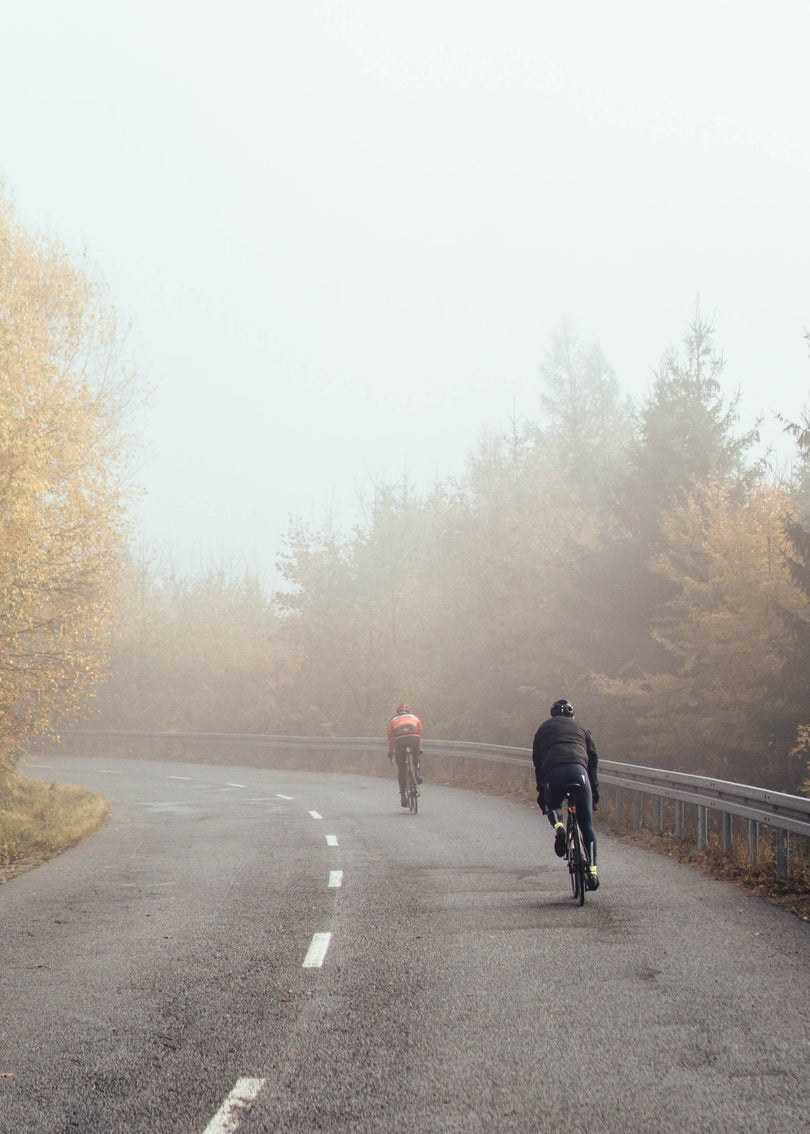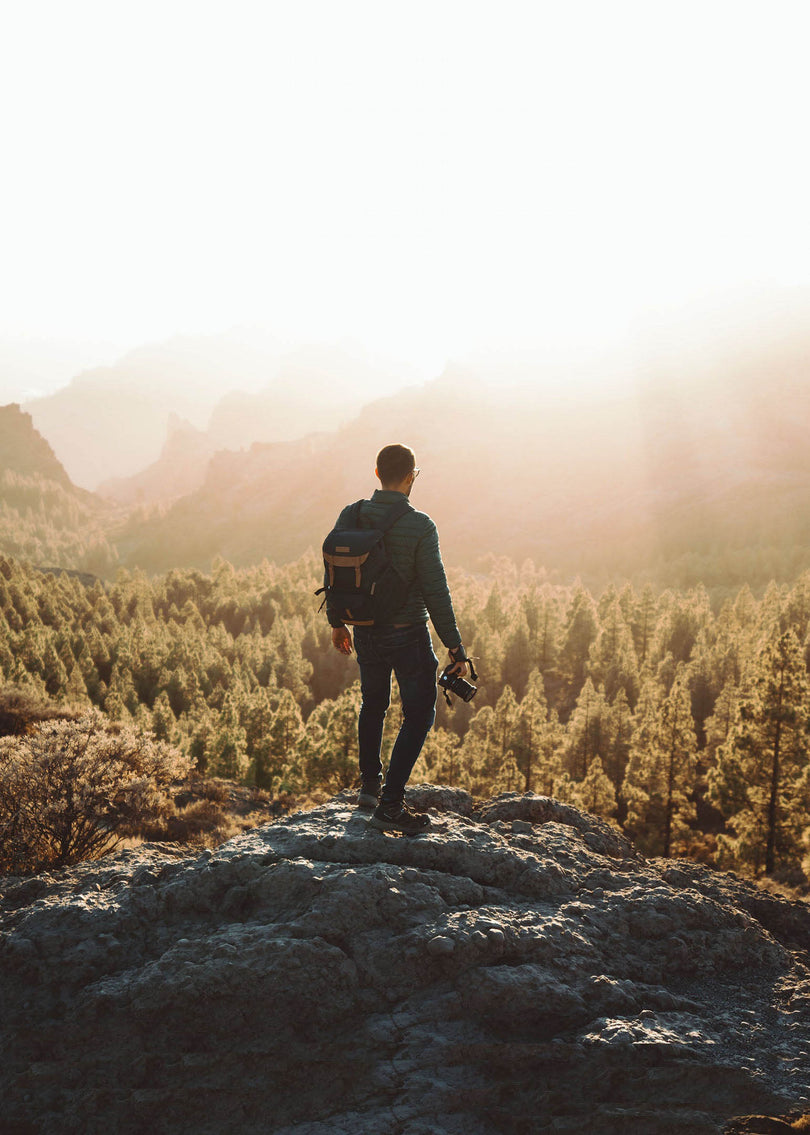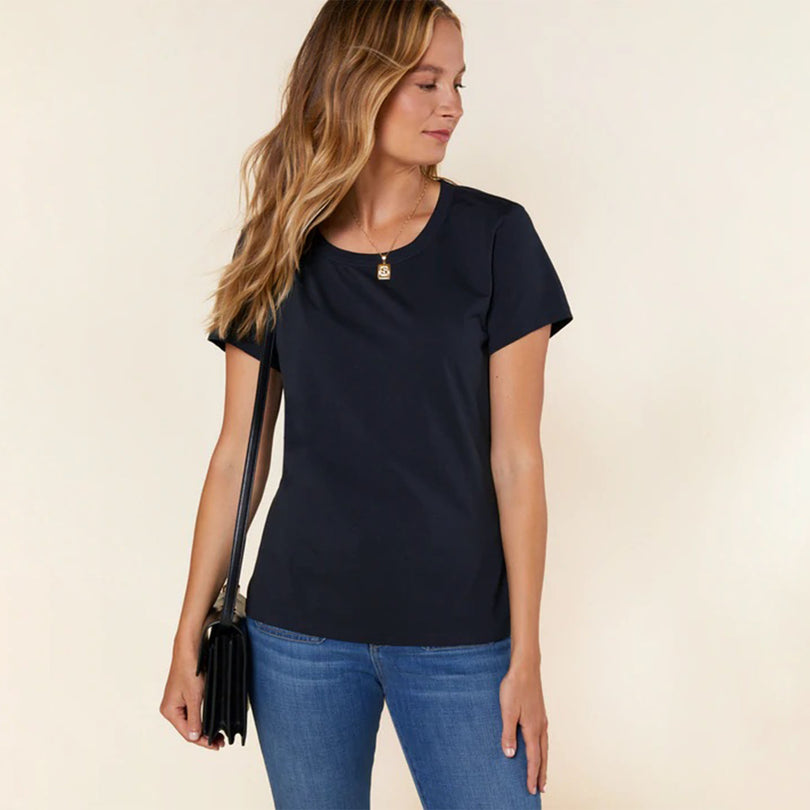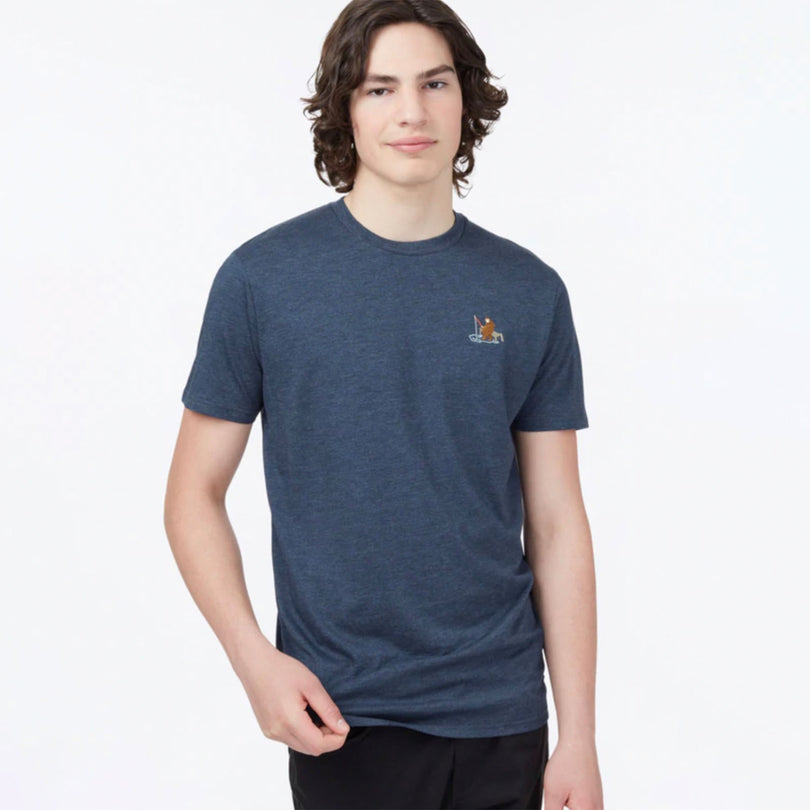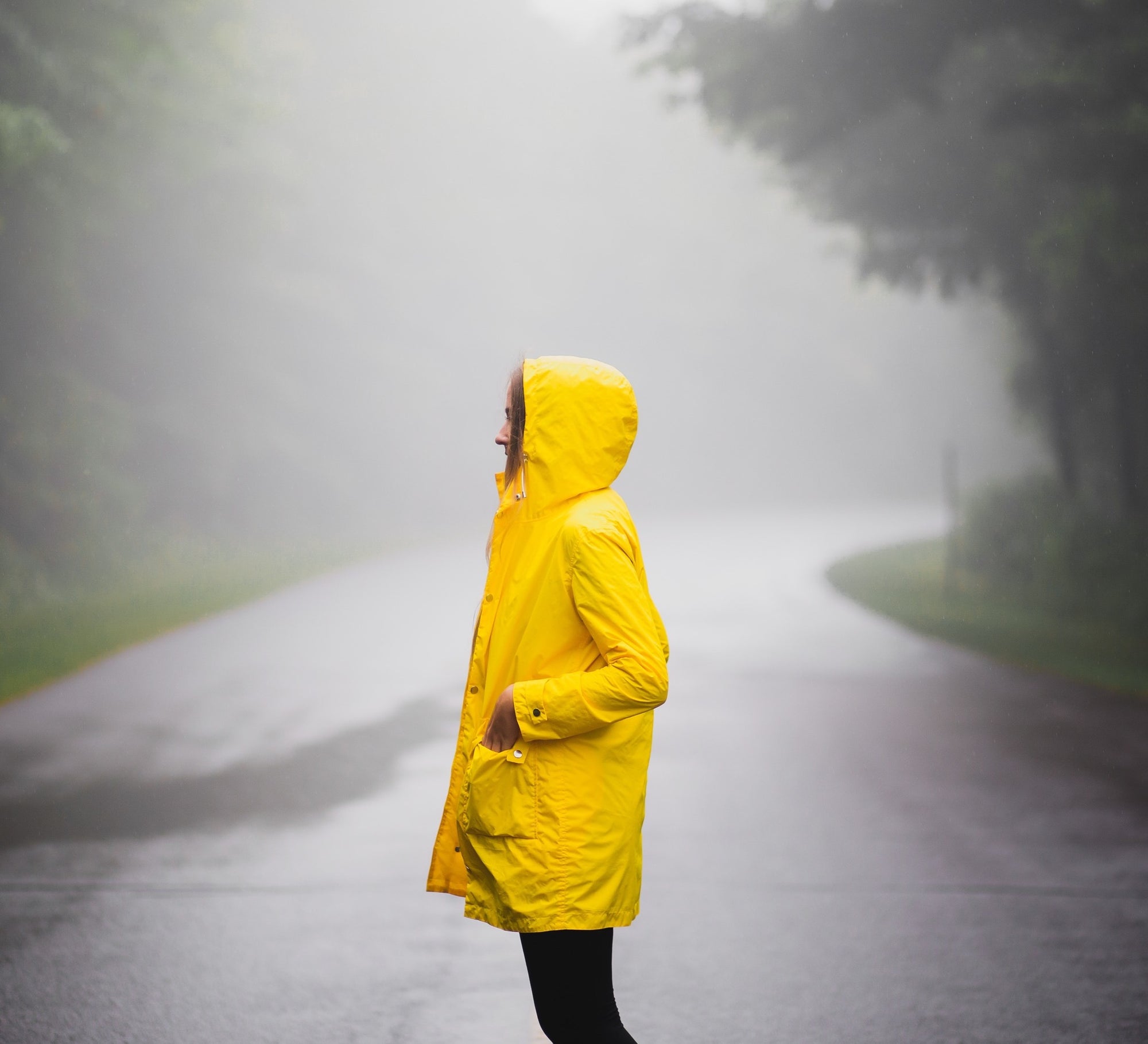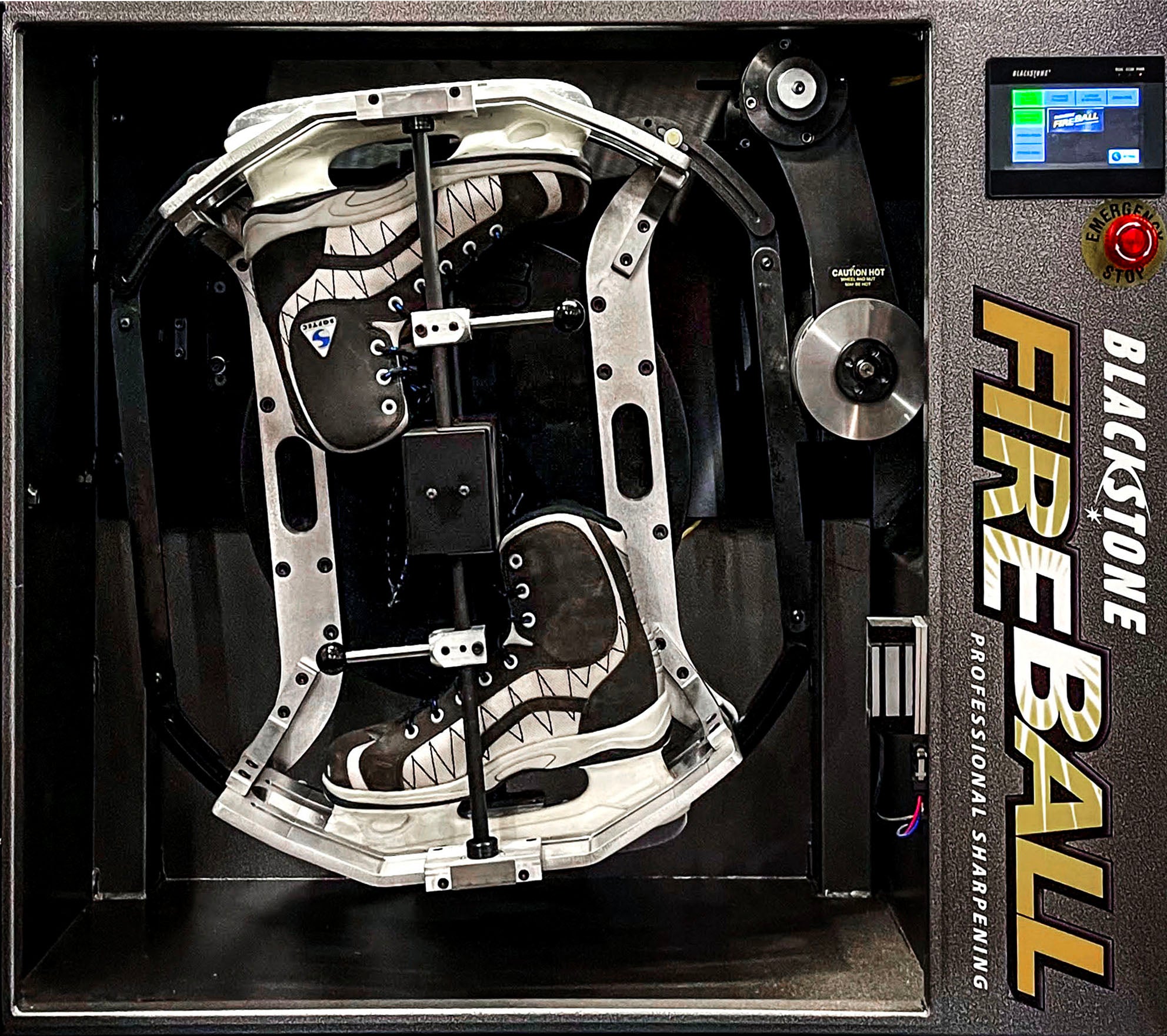First, you will need to know what type of activity you are layering for. Are you walking the dog, snowshoeing, nordic skiing, snowboarding, or alpine skiing? These can be broken down into two different types of activities: high-intensity and low-intensity. During high intensity winter activities, the body generates heat and produces sweat to cool itself off, so you need to wear clothing that is breathable and moisture wicking. A low-intensity activity requires weather protection and insulation in order to maintain proper core temperature.
Second, what is the weather? If it's cold outside you might want to choose thicker base layers or warmer mid-layers even if partaking in a high-intensity activity. Some people are always cold and other people always run hot so being in tune with your body helps you make informed decisions in your layering techniques. It may involve some trial and error based on your body, the day's weather, and the particular activity in which you'll be partaking, so take some time to figure out what you need.
Choosing the right weight:
Baselayers come in different weights or thicknesses to suit different temperatures and activity levels. They are loosely organized into light, mid and heavy weight categories based on the fabric's weight per square meter (or sometimes ounce per square yard). Every brand has different descriptions for what light, mid and heavy weight actually means, so don’t get too caught up in these.
Lightweight
This is a thin first layer that goes next to your skin with the ability to easily add layers over it. Lightweight base layers are a crucial step in layering as they must be comfortable on the skin and are designed to fit tighter for the best moisture management.
Midweight
A midweight layer can be worn as a warmer first layer or as a second layer over your next-to-skin layer, providing a combination of insulation and moisture wicking. It can be combined with lightweight layers underneath or heavyweight layers over it to accomplish the desired warmth.
Heavyweight
This is designed for cold conditions combined with any level of activity and often referred to as "expedition or thermal weight." Almost always worn over a lighter weight layer, heavyweight layers are designed to add insulation and are worn looser with less focus on moisture management.
Merino vs. Synthetic vs. Combo
Merino wool is an excellent base layer material as it's naturally antimicrobial (doesn't stink), moisture wicking, highly breathable, and has a higher warmth per weight ratio than synthetics and other wools. These also tend to have a higher price point.
Synthetic fabrics are generally more durable over time and if you are participating in a high-output activity where you know you will be sweating; synthetics are a good choice as they dry faster than wool. These are generally less expensive.
Thirdly, a merino combined with synthetic fibers is a great middle ground between the two providing warmth, but still dry quickly, and come in at a middle range price point.
At the end of the day, the base layers you choose are really a matter of personal preference. Pick the one that keeps you warm, dry, comfortable, fits within your budget, and works with your activity. Sitting by the fire and sipping hot cocoa might sound relaxing and delicious, but it's more fun spending time outdoors. With proper layering, you don't have to worry about being cold and uncomfortable, allowing you to get the most out of your time outside.

